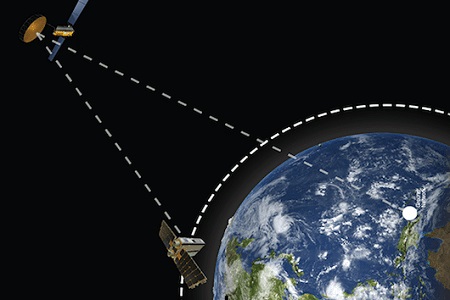 Inmarsat and Addvalue, a satellite solution provider and Inmarsat technology partner, have announced that real-time geospatial intelligence company BlackSky will include IDRS in its next-generation satellite design.
Inmarsat and Addvalue, a satellite solution provider and Inmarsat technology partner, have announced that real-time geospatial intelligence company BlackSky will include IDRS in its next-generation satellite design.
To ensure autonomous on-board mission support, Addvalue has designed a new, high-performance LEO satellite antenna system that allows full IDRS communications coverage, with no interruption to the satellites’ ongoing EO operations.
Addvalue CEO, Tan Khai Pang, said: “Reliable, high-fidelity IDRS communications links ensure that our customers can focus on their mission. With IDRS on board, BlackSky will have access to on-demand, near real-time, two-way IP-based links to all its in-space assets 24/7. This means more efficient and timely responses to customer requirements and any operational needs in its fleet.”
Accessing Inmarsat’s Elera global communications network, Addvalue’s IDRS terminal is enabling LEO satellites with always-on, real-time, on-demand in-orbit communications for mission tasking and data monitoring. The terminal also supports telemetry and command communications, troubleshooting and restoring operations.
Todd McDonell, President at Inmarsat Global Government, added: “Inmarsat will continue to push the envelope and ensure we provide seamless ‘always on, always available’ global critical communication services to the smallsat community. We are thrilled to be partnering with BlackSky and Addvalue by providing the rapid tasking connectivity network that will drastically reduce the time customers wait to receive critical EO data.”
Until the development of the Addvalue IDRS service, commercial EO satellite connectivity was limited to when the satellite was within line of sight of an earth station. This inconsistent contact resulted in delays in mission control, constellation-wide tasking, and orbit testing and fault-finding efforts.












Add Comment